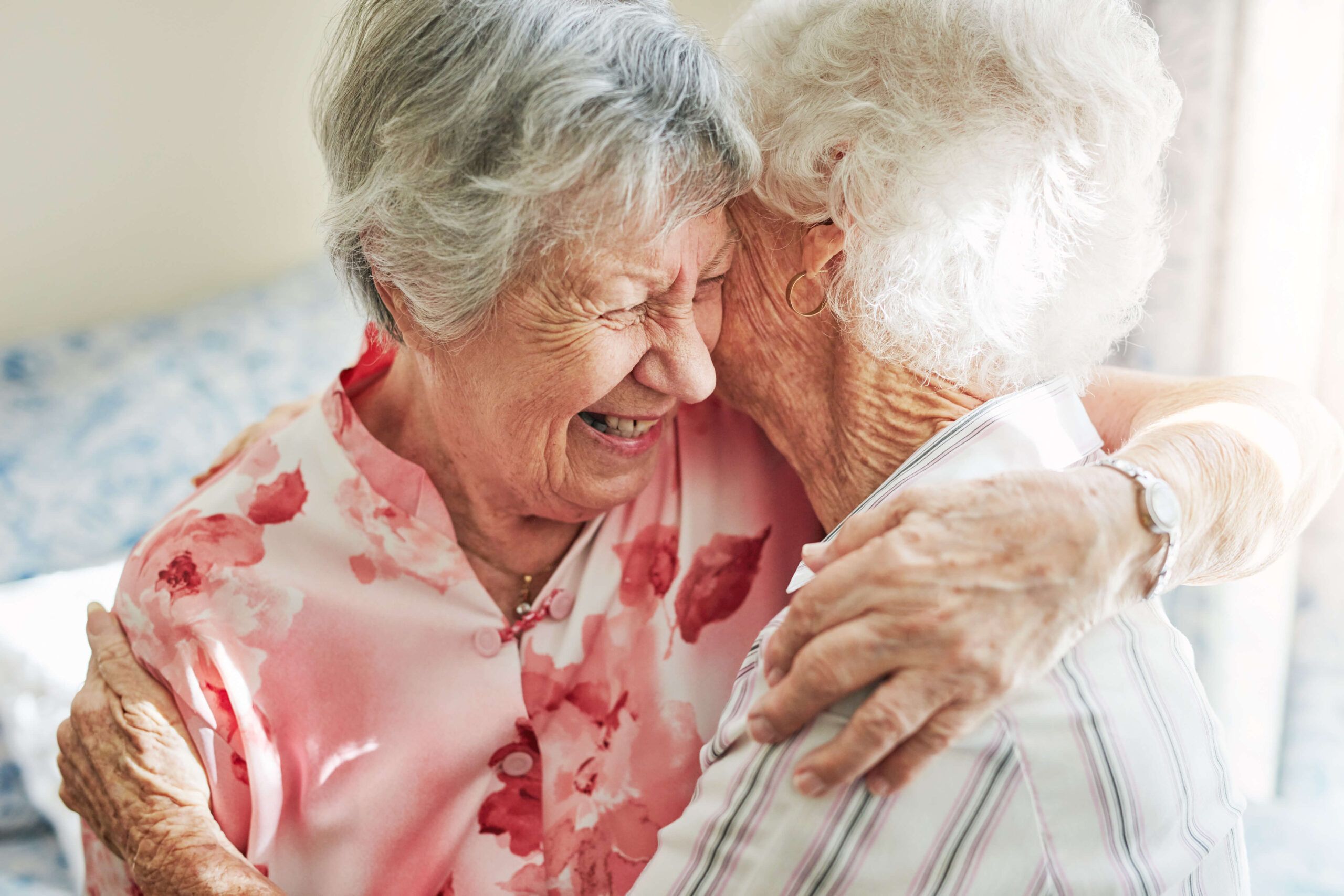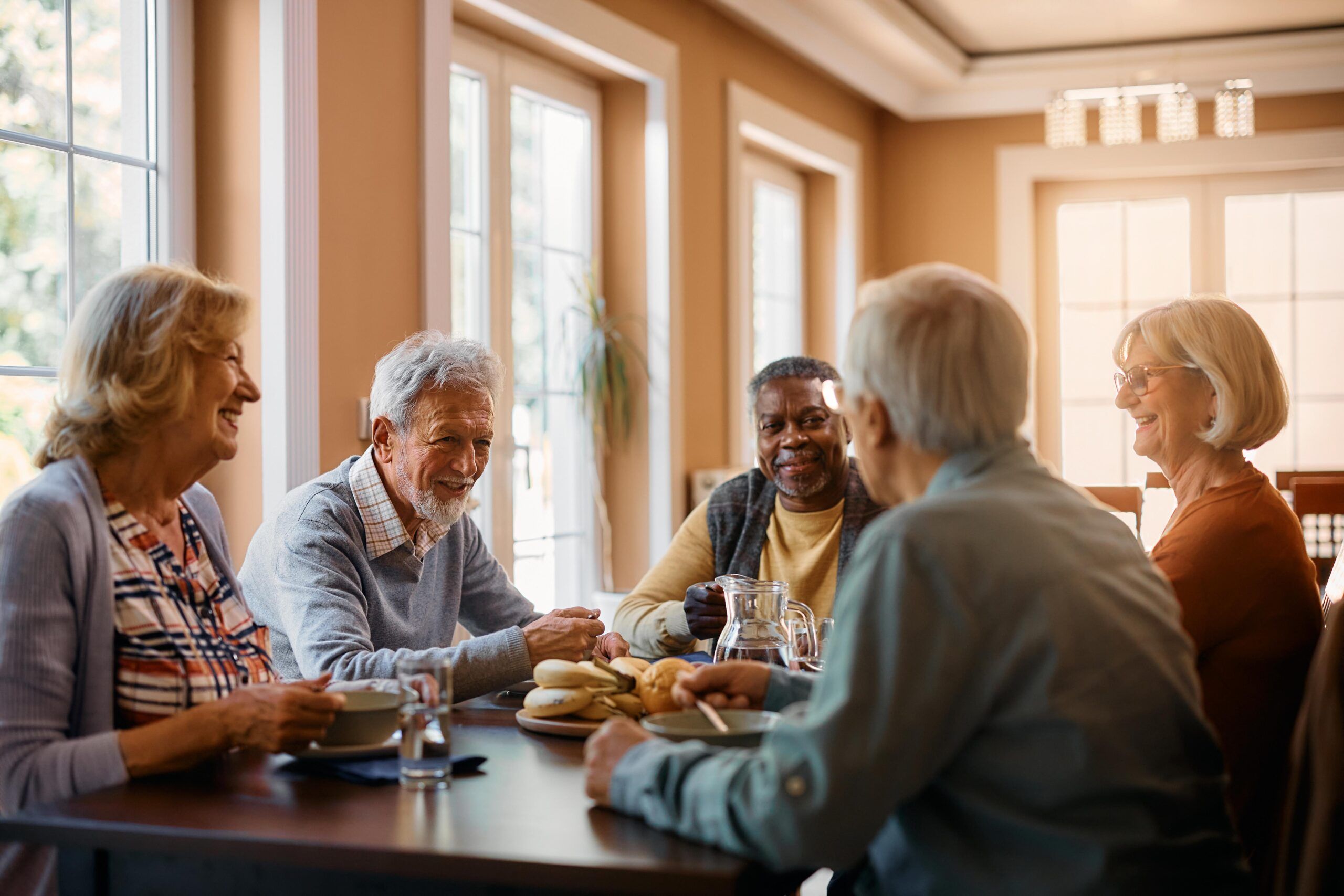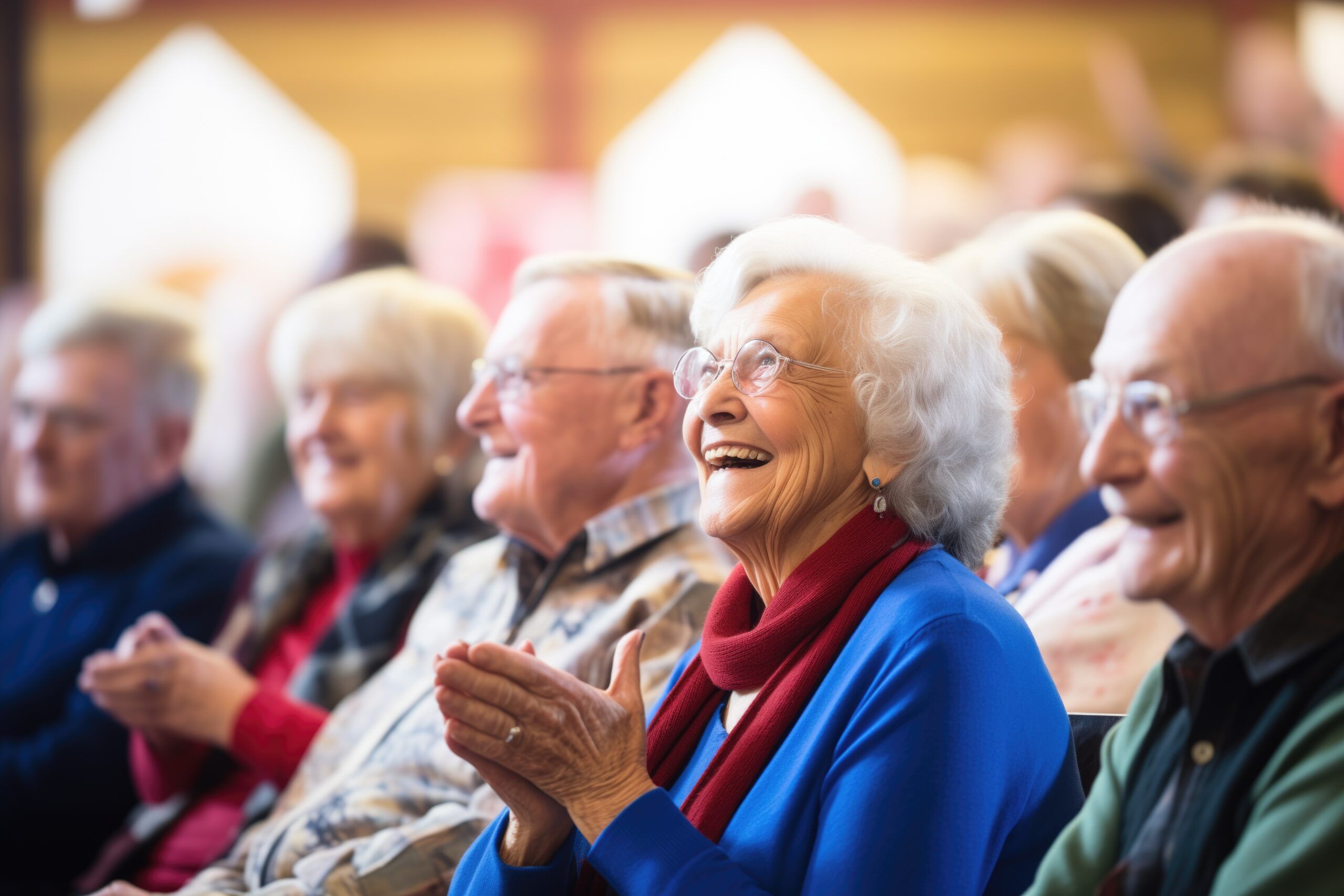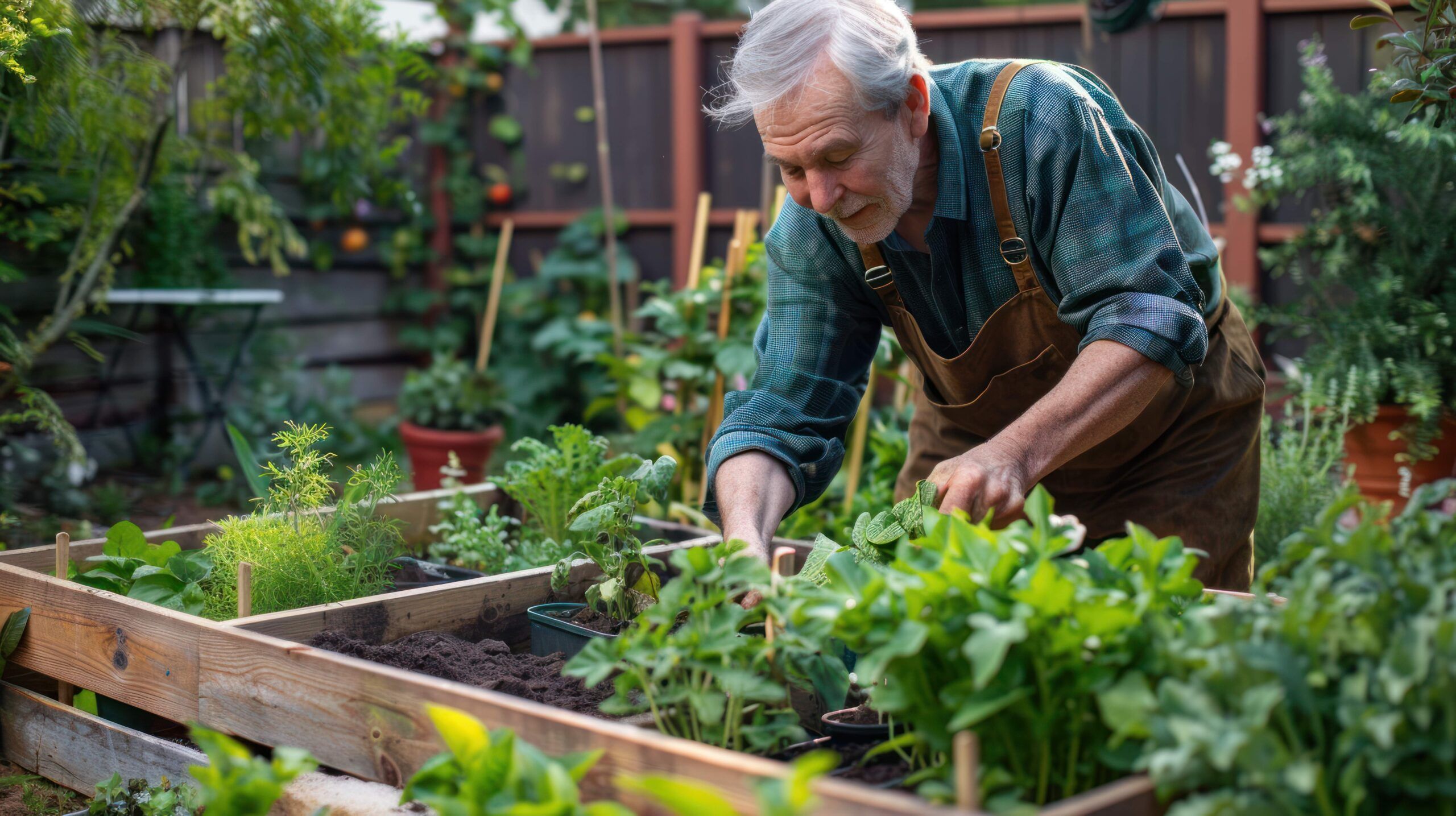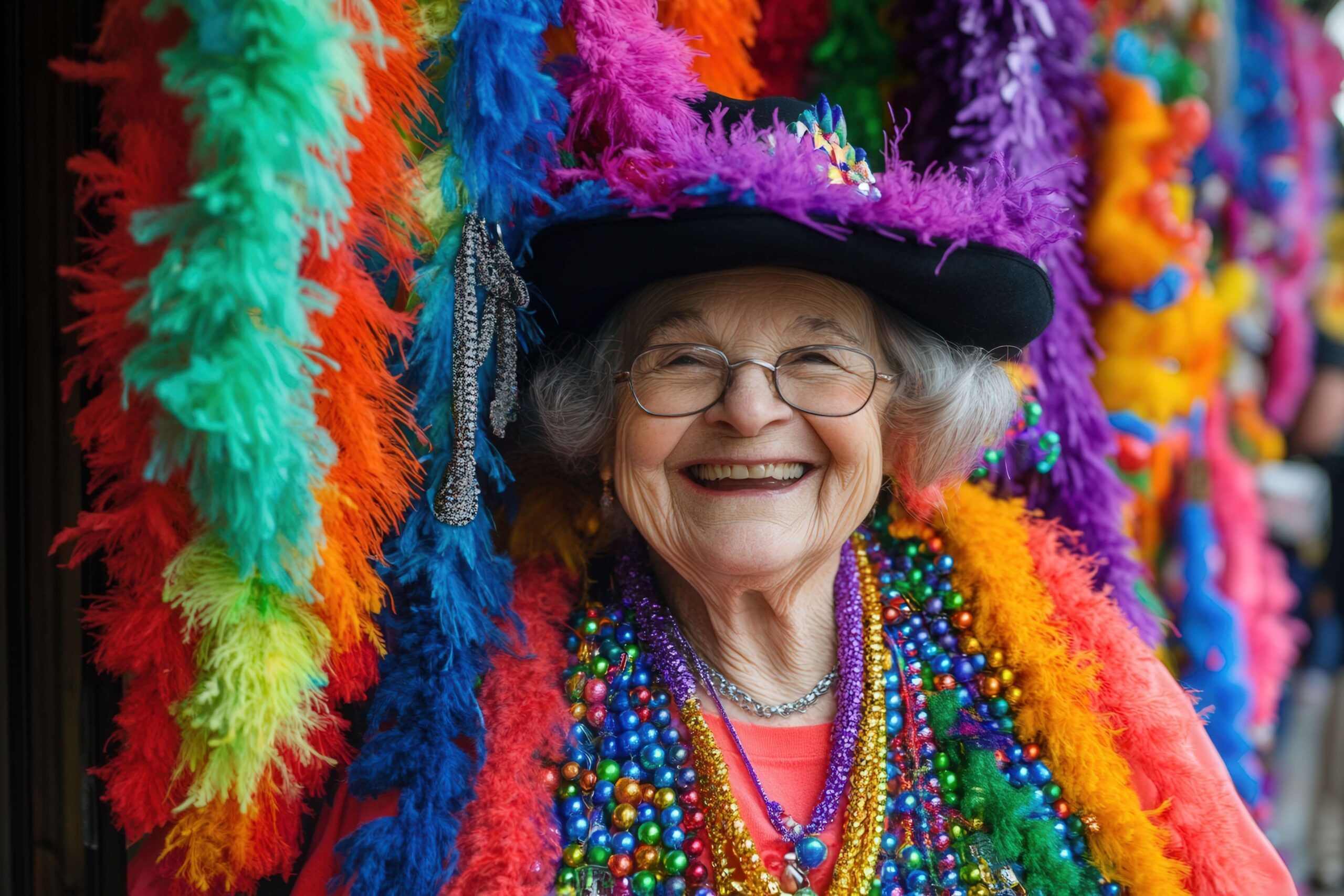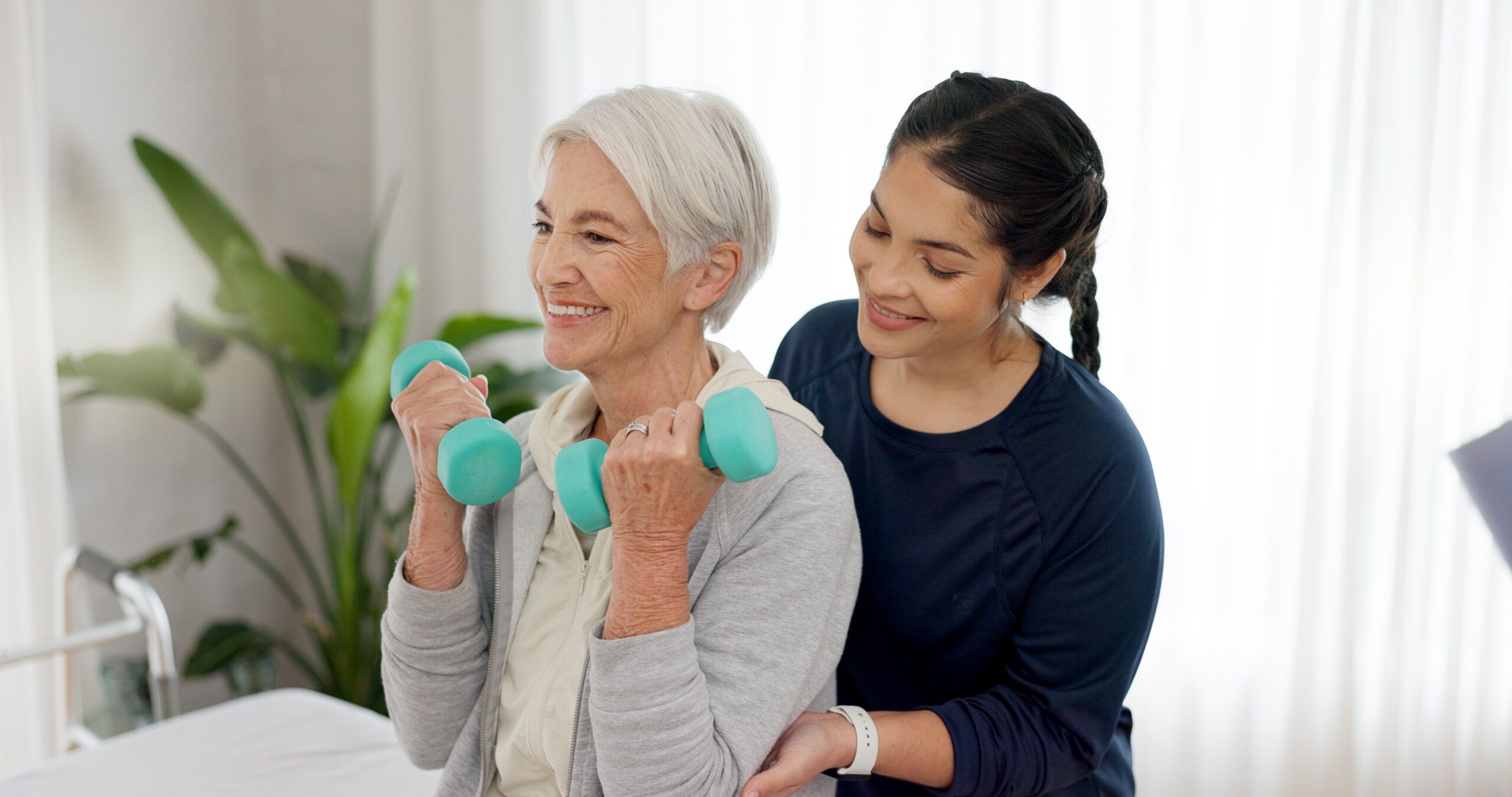Watching a family member living with dementia or another form of memory loss can be emotional. It can be challenging to see them forget meaningful events, cope with mood swings, and require more assistance. As the disease progresses, they may even have challenges with talking and communicating.
These communication difficulties are common with dementia and memory loss and can be highly frustrating for family members and caregivers. However, effective communication is essential when caring for a loved one with dementia, as it’s important to understand their needs and emotions to help them maintain a high quality of life.
Claiborne Senior Living communities offer memory and dementia care services, and we know how crucial proper communication is for those with memory loss. We’re sharing some tips and strategies for effectively communicating with a family member or loved one with dementia.
1. Create a Conducive Environment
Before you even speak to your family member, you want to ensure that the environment will allow for effective communication. Turn off any distractions such as the TV or radio, make sure they are comfortable, and that the room has good lighting.
Make sure that you’re mentally in a good place to communicate as well, ideally a calm, patient, and positive mood.
2. Avoid “Elderspeak”
The term elderspeak refers to the way that people and caregivers often talk to older adults, using a high-pitched, sing-songy voice, speaking loudly and slowly, and using terms like “honey,” “dear,” or “we.” While some think this way of speaking makes it easier for the listener to understand, it can be demeaning, depersonalizing, and imply incompetence.
When speaking to your loved one with memory loss, it’s important to be mindful of these tendencies and avoid them when you can.
3. Speak Clearly and Concisely
While speaking slowly and loudly might be seen as patronizing, you do want to talk clearly and simply, using short sentences and familiar phrases. Speak in a clear, reassuring tone, and try to pause between sentences so your family member can have time to process the information
To avoid overwhelming them when asking questions, try giving them options instead of simply asking open-ended questions. For example, instead of, “What would you like for a snack?”, ask, “Would you like yogurt or cheese for a snack?”
4. Engage in Active Listening
Waiting for your loved one to respond can sometimes be frustrating. They may take a long time to form a thought, repeat questions, or have difficulty finding the right word. The most helpful thing you can do is listen with your entire body—sit close to them, give them eye contact, and nod encouragingly.
You can also observe their body language, as this may give you a better understanding of what they’re trying to convey. If they are shivering, they might be asking for a blanket; if they seem peaceful and relaxed, they might want you to dim the lights.
5. Encourage Without Interrupting
If your family member is having difficulty thinking of a particular word, you might be tempted to interrupt them and guess what it is. However, this might only distract, confuse, and frustrate them further. Instead of interrupting, allow them plenty of time to respond, and if they get stuck on a word, ask them to explain it to you in a different way.
6. Don’t Get Frustrated
It shouldn’t come as a surprise that, sometimes, communicating with a loved one with dementia can be frustrating and require a lot of patience. It’s important to remain calm and positive, as any sign of frustration you show could also frustrate your family member. If you do find yourself getting agitated, take a few deep breaths and start the conversation again.
7. Forgo Words Completely
Sometimes, you don’t even need to use words to communicate. A simple smile, hug, or kind gesture can go a long way in conveying meaning and emotion. You can also try other forms of non-verbal communication, including dance, cue cards, or artistic expression.
Accepting the Changes
Communicating with someone with dementia can be challenging and frustrating at times, especially if it’s a close relative who you’ve always known to be expressive and articulate. It’s important to remember that dementia and memory loss are disorders that change the brain, and your loved one is still the same person they’ve always been. The most important factor to successful communication is genuine love, warmth, and compassion.
There may come a time when your family member needs more attentive and thorough care than you can provide. In those situations, memory care could be the right solution. Like those offered at Claiborne Senior Living, these services are dedicated to providing the best quality of life for those with memory loss and dementia.
At Claiborne Senior Living, our memory care communities feature our signature Tempus program. We are well versed in communicating effectively with residents and ensuring they have everything they want and need to live successfully. If you’re interested in learning more about memory care at Claiborne Senior Living or think that a family member could benefit from our services, we invite you to contact us today.

